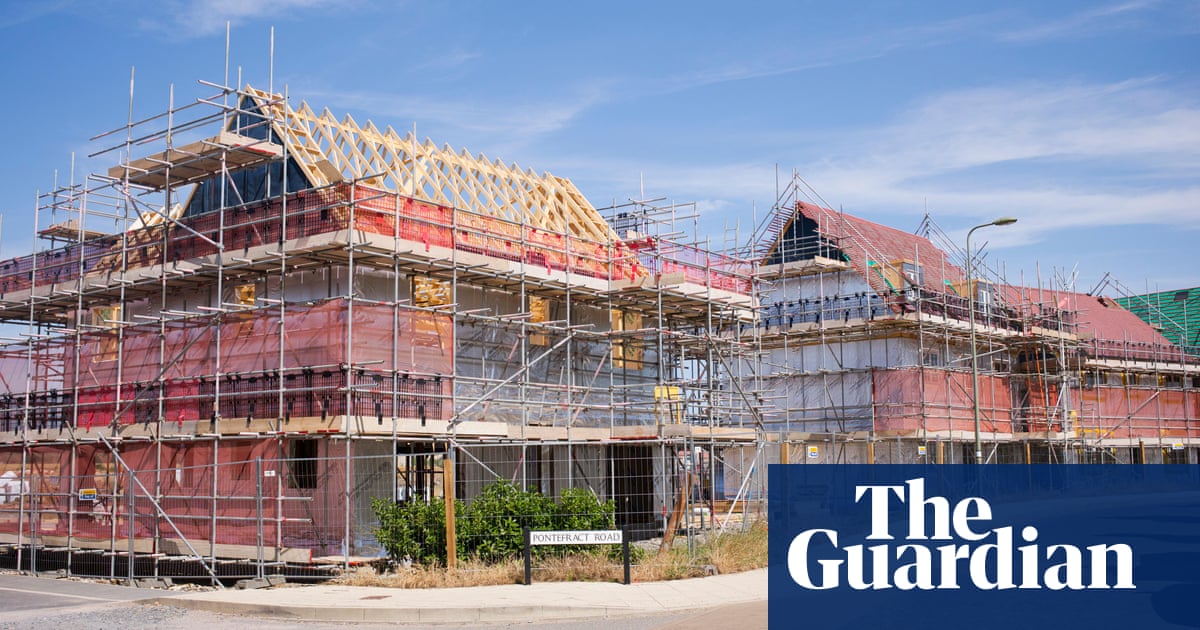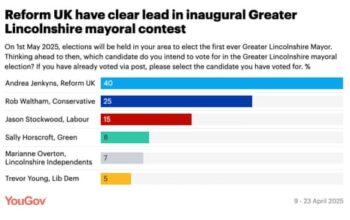
Angela Rayner has been warned that the government could risk missing its housing targets by placing too much emphasis on creating new towns across England.
The deputy prime minister announced plans last month for the “largest housebuilding programme since the postwar period”, kickstarted by the construction of a generation of new towns.
Designed to help meet the government’s target to build 1.5m homes over the next five years, the plan is inspired by the creation in England of dozens of communities after the second world war, including at Stevenage, Warrington and Milton Keynes.
However, analysis shared with the Guardian by the urban policy thinktank Centre for Cities shows the programme only accounted for 3.3% of all new housebuilding in the 40 years after the postwar 1946 New Towns Act.
Between 1947 and 1991, the study found, new town development corporations in England coordinated the building of 307,000 houses – the same number the government will need to build on average every year up to 2029.
Rayner announced a new towns taskforce late last month, headed by the former Birmingham city council chief executive Sir Michael Lyons and the former Bank of England policymaker Dame Kate Barker. The panel will review appropriate locations for new towns, to be recommended within 12 months.
Under the proposals, the government wants to create large communities of at least 10,000 new homes each (though many would be significantly larger), with targets for about 40% to be designated as affordable housing, including social-rented properties. Ministers believe the rebooted new towns programme could go on to build “hundreds of thousands” of homes in the decades to come.
However, Centre for Cities said the government would need to build significantly more new towns and urban extensions than England has ever achieved to even make a dent in its 1.5m target.
Its analysis found that as many as three-quarters of homes in new towns were built by public authorities, with as few as 76,000 built by private housebuilders in the four decades after 1946 on land designated for new towns. In comparison, 880,000 homes were built in Greater London during the same period.
About 189,260 homes were built across the UK last year, with about three-quarters from the private sector. The last time more than 300,000 were built in a single year was 1977, when about half were built by councils.
David Rudlin, one of the UK’s leading urbanists and an expert on new towns, who has been in talks with the government, has also said greenfields equivalent to double the size of Milton Keynes would need to be used to meet its housebuilding pledge.
The analysis by Centre for Cities found that homes in new towns were typically built at a faster pace than in the rest of the country, despite contributing low numbers of homes relative to overall housebuilding.
Milton Keynes, the largest development, built in the 1970s, contributed more than twice as many as the average new town development corporation.
after newsletter promotion
The thinktank said the government should concentrate its new town building programme on locations where need was highest, especially in London and the south-east. Focusing on extensions to existing urban areas could also help.
Centre for Cities said new towns would only be “one of the tools” the government should use to hit its targets, noting that steps to impose housing targets on local councils were another “important start”. The thinktank said more top-down decisions by central government would be needed to impose housing developments on some areas.
Maurice Lange, an analyst at Centre for Cities, said: “While the government hasn’t given a timeline in which a certain number of houses should be delivered by new towns, the implication is that it sees these projects as an important part of delivering the 1.5m homes promised in its manifesto.
“Past experience suggests that the policy can accelerate development in certain areas, but its role in increasing total housebuilding is likely to be relatively small. This underlines the need to combine it with wider reform to make the planning system more purposive and predictable across the UK.”
A government spokesperson said: “New towns are just one part of our plan to get Britain building again and create the homes this country needs. They are expected to deliver hundreds of thousands of much needed affordable homes in decades to come.
“We have been clear from the start this is a long-term project, but 1.5m homes will be delivered in this parliament thanks to our overhaul of the planning system.”
Source: theguardian.com



